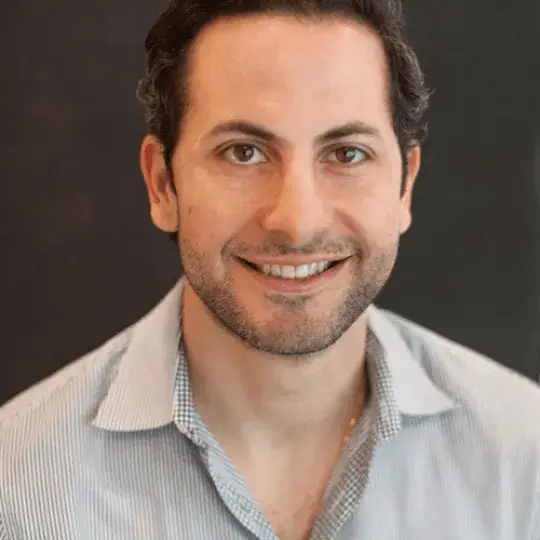Self-injurious behavior or self-injury disorder refers to those experiencing urges to self-injure. In addition, they must self-injure in order to feel relief. This disorder gets labeled as a number of things. They include self-harm, cutting, and self-mutilation. However, they all fall under the same heading of self-injurious behavior. Anyone who self-injures can get help and learn to put it behind them. Treatment programs exist that specifically treat this one condition. Thus, hope abounds for anyone who self-injures.
What is Self-Injury Disorder?
Self-injury disorder is characterized as a symptom of many mental illnesses. This behavior often manifests when a person deals with self-hatred or self-loathing. As a matter of fact, the person cannot express or understand what they need to emote. Self-punishment is another factor in certain self-injurious behavior. People express self-injury behaviors in different ways. Having said that, they all revolve around seeking relief from some kind of pain the victim feels. Self-harm falls under the umbrella of a disorder. However, it is not an actual mental illness. This disorder is often secretive and the cutter goes to great lengths to hide their injuries.
People have difficulty understanding how self-injury can be a relief from emotional dysfunction, but having some kind of control over this behavior is the motive behind the injury. Self-injuring can also be used as a coping behavior for feeling numb. In contrast, self-injury can also make the sufferer feel more alive. Those who have been abused use these behaviors as the end belief that they deserved to be abused and hurt themselves.
Those inclined to take part in self-injury are often female adolescents. However, any age or gender can take part in this. Every race, religion, and culture contains people who use self-injury as a coping mechanism. Abuse of some kind is usually a past factor for self-injurers. Those with eating disorders, obsessive-compulsive disorder, and substance abuse disorders prove more commonly associated with self-injury. Families who restrict the expression of emotions, especially the expression of anger, can have a direct correlation with self-injury.
Is Self-Injury an Addiction?
There is great debate as to whether self-injury is an addiction. Proof does not exist that it falls under the category of addictive. Having said that, research continues in the pursuit of knowing more about self-injury. While it has been determined that self-harm or self-injurious behaviors are not considered a mental illness, it is determined to be a coping mechanism. This behavior is associated with certain mental illnesses, including anxiety, and PTSD. This self-injurious behavior commonly stems from abuse, neglect, or trauma experienced in the past.
People often unknowingly restrict themselves from showing emotion. Consequently, they possess no positive or healthy coping mechanisms. As a result, they try to hide their emotions with self-injurious behavior. Then, the pattern becomes addictive. Self-injury behavior can cause shame and guilt. As a result, this often spurs the person on to commit more acts of self-injury. It’s a cycle of behavior that can become a long-time habit that is difficult to stop. This symptom of emotional pain needs to be taken seriously. It may indicate a tendency to think suicidal thoughts, but it is not a form of suicide.
Self-Injurious Symptoms and Behaviors
Self-injury or thinking about self-harm is a sign that there is some emotional dysfunction or distress taking place. Those that have no education or understanding of emotions and feelings feel extreme discomfort when trying to process these emotions. Self-injury is a sign of control and a way to cope with discomfort. The behaviors escalate the situation by causing more feelings that are uncomfortable – thus the vicious cycle of self-harm.
Self-injurious behaviors include the following:
- Cuts and burns
- Finger or arm biting
- Eye pressing
- Head banging
- Needle sticking
- Self-punching or scratching
- Pulling out hair
- Picking at skin
Warning signs of self-injurious behaviors include:
- Low self-esteem
- Difficulty expressing or understanding feelings and emotions
- Relationship problems or dysfunctions
- Wearing long pants in hot weather or long sleeves to hide wounds
- Difficulty functioning at work, school, or home
Treatment for Self-Injury Disorder
Those experiencing self-harming or self-injury behaviors have options. First, they can reach out to a trusted friend or family member for help. Second, they can consult a mental health professional. As a result, the treatment expert can do an assessment by asking a series of questions about health, life, and experiences in the past. Additionally, the therapist may look for other signs of a mental illness and ask about any illnesses that may be present. Last of all, medication often helps people who engage in self-injury. Having said that, it depends on the severity of their behaviors.
Treatment for self-injury disorder includes a number of talk therapies, such as:
- Psychotherapy: focuses on exploring past traumas and experiences
- Dialectical Behavior Therapy (DBT): can help a person learn positive healthy coping mechanisms
- PTSD therapies: individual therapy and group therapies
- Group therapy
- Family Therapy
- Hypnosis and other self-relaxation techniques
- Medication therapy: medication to calm symptoms
- Cognitive Behavioral Therapy: helps to focus on positive thought patterns and coping mechanisms
Treatment for Self-Injury in Los Angeles
Do you need information concerning self-harm or self-injury behaviors? If so, we can help you. As a matter of fact, Launch Centers in Los Angeles offers a treatment program for self-injury. Additionally, we treat co-occurring addictions to drugs and alcohol. In the event that you or someone you love needs helps, we can provide it. We teach people to stop relying on self-injury. Then, they can use healthy coping skills to express themselves. Taking the first step to trusting someone can help stop the behaviors. It starts with having an assessment and designing a treatment plan for self-discovery and a way to stop hurting yourself. Contact us now and get started on a healthy new way of living. We are here to help.





